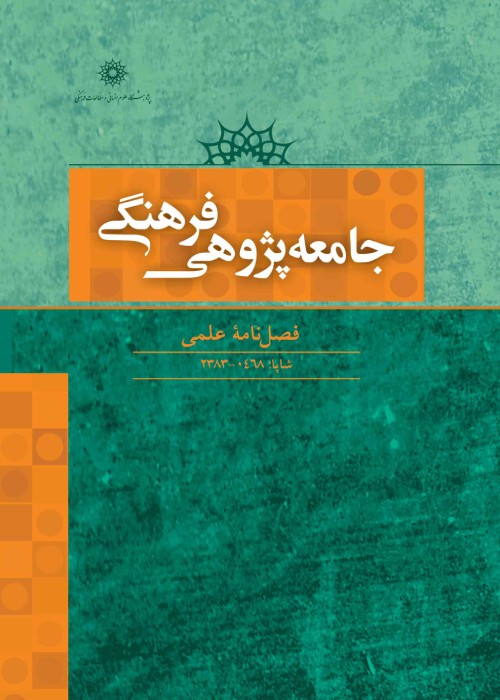Exploring the culture of living in the houses of traditional neighborhoods from the viewpoint of residents based on Amos Rapaport's theories(Case study: Sorkhab neighborhood of Tabriz)
The culture of living contains a significant impact on the life of residents of neighborhoods with traditional and modern houses, so that the discrepancy between the culture of living and residential space causes dissatisfaction of residents. The current research, with the aim of exploring the culture of living in the houses of traditional neighborhoods from the viewpoint of residents using retroductive strategy based on the theories of Amos Rapaport, seeks to demonstrate three components of the culture of living encompassing manners of living, semantic patterns, and preferences in the neighborhood in the Sorkhab neighborhood of Tabriz that has a good residential diversity. The data were obtained in the form of semi-structured interviews with residents of traditional and new houses in Sorkhab neighborhood. Interviews were conducted up to data saturation and the responses received from residents were categorized. Cronbach's pretest and alpha were used to assess the validity and reliability of the questions. In the continuation of the analysis, comparison of traditional and new houses for the studied variables was performed using t-student test and comparison of the mean of age groups using Duncan's multiple range test and correlation of traits and analysis of variance on the group. Age was done. The results of data analysis in the field of manners of living indicate that the reason to choose a traditional neighborhood to live in the traditional houses, is the financial compulsion, whereas it is the identity and gentry of neighbors in the modern houses. Furthermore, existing a yard for gathering, enough spaces, living with relatives via a good neighborhood and neighbors in the traditional houses, as well as the appropriate dimensions, the number of spaces, separation of private space for guests, the reconstructed house, and belonging to the neighborhood in the modern houses, are recognized as the most important strength points of houses for living. In response to the semantic patterns, the highest percentages of residents of traditional and modern houses have mentioned the value of the traditional houses and neighborhoods as a model of identity, gentry and beauty. Ultimately, in terms of the residential preferences, the highest percentage of residential preferences from the viewpoint of residents at the traditional houses was primarily related to living in the modern neighborhoods and houses. In contrast, most residents of the modern houses, preferred living in the traditional neighborhoods and modern houses. Among the residents, the middle-aged and older groups were more likely than young people to live in traditional neighborhoods. This paper discloses the need to pay attention to the renovation and reconstruction of houses in the traditional neighborhoods for a better living environment for residents.
- حق عضویت دریافتی صرف حمایت از نشریات عضو و نگهداری، تکمیل و توسعه مگیران میشود.
- پرداخت حق اشتراک و دانلود مقالات اجازه بازنشر آن در سایر رسانههای چاپی و دیجیتال را به کاربر نمیدهد.



